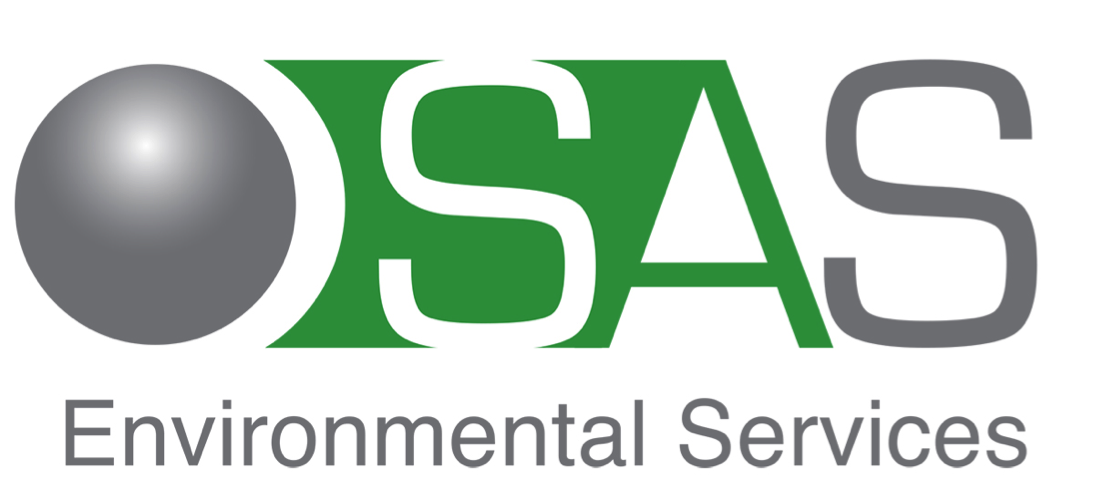The chemicals to watch out for in Oil Waste Treatment
/Ever feel that the oil waste being delivered to your site is not what you were told to expect? Yes, I thought so. You are not alone in this and that may or may not be a comfort to know. Oil slops and sludge come in a wide range of varieties and even from the same tank, mud pit or waste pit the consistency of the waste will often differ greatly.
We have worked with waste management companies since 2000 and we understand the day-to-day issues in running a process designed to treat one type of waste when in reality a whole range of liquids, watery slops, oily slops, heavy sludge and solids with a wee bit of oil appear. Always with the expectation the material will be treated with the same process.
With our SludgeTreat products our customers can broaden the range of waste types their process can treat. Our SludgeTreat products work on most oil slops and sludge waste and create a great separation between the oil, water and solids. If you use a decanter this is like adding a whole new capability to your equipment. Now the dial will go up to 11.
Simply by adding the SludgeTreat to the oil waste and mixing it this effect will take place. Mixing can be done inline through a static mixer or in a tank with good mixing capability. We can often make a customer’s process work just through circulating the waste with chemical through a pump.
If you have a tricanter for the treatment of oil waste this chemistry will allow the equipment to become substantially more effective. The reduction in viscosity of the sludge through our SludgeTreat products means better separation of the phases.
Use of SludgeTreat products also increases the effectiveness of the process simply by taking highly viscous sludge and reducing the viscosity.
What does this mean for you in reality? It means dry solids coming from your decanter or tricanter. It means high quality oil recovered for re-use or transport and it means water recovered.
More than anything it means you know that the next truck of oil waste arriving or the next tank you open or the next mud pit you take will get done on time. No drama. The SludgeTreat products give you that extra bit of Oomph!
We love solving oil waste issues and we would love to help solve your oil waste issues, challenges and opportunities.

















